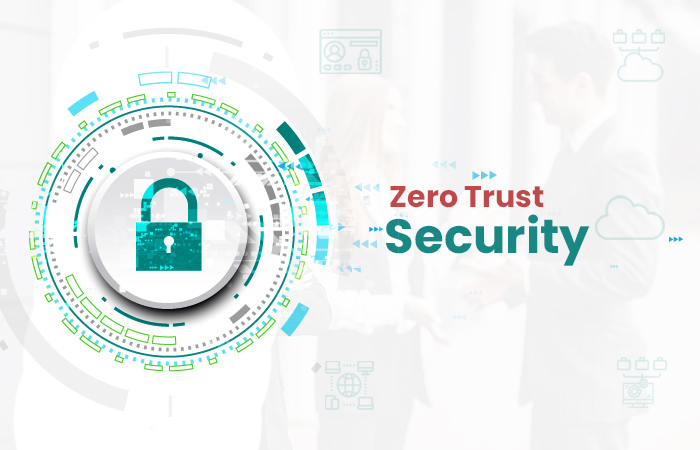
Introduction
Zero Trust Security Model is important topic in cybersecurity. As businesses continue to embrace cloud computing, remote work, and digital transformation, traditional security models are proving insufficient. The old “castle-and-moat” approach—where everything inside a corporate network is trusted no longer works. Cyber threats have grown more sophisticated, and attackers often breach defenses by exploiting internal vulnerabilities.
This is where the Zero Trust Security Model comes in. Based on the principle of “never trust, always verify,” Zero Trust is transforming how organizations approach cybersecurity in 2025 and beyond.
What is the Zero Trust Security Model?
Zero Trust Security Model is a cybersecurity framework that eliminates the assumption of trust from within a network. Instead of automatically trusting users, devices, or applications, Zero Trust continuously verifies and authenticates every request.
Key principles of Zero Trust include following:
- Verify Every Request – No user or device is trusted by default.
- Least Privilege Access – Users only get access to the resources they need.
- Microsegmentation – Dividing networks into small zones to prevent lateral movement of attackers.
- Continuous Monitoring – Real-time detection of suspicious behavior.
- Strong Authentication – Multi-factor authentication (MFA), biometrics, and identity verification are core.
Why Zero Trust is Important
The rise of cloud applications, remote workforces, and IoT devices has increased the attack surface for hackers. Traditional perimeter-based security fails when:
- Employees work remotely on unsecured networks.
- Sensitive data is stored in multiple cloud platforms.
- Insider threats or compromised accounts bypass perimeter defenses.
- Ransomware and phishing attacks exploit human weaknesses.
Zero Trust Security Model directly addresses these challenges by ensuring every user and device is verified before accessing data.
Benefits of the Zero Trust Model
- Enhanced Security
- Stops attackers from moving freely within a network.
- Protects sensitive data even if one layer is breached.
- Better Compliance
- Meets regulations like GDPR, HIPAA, and PCI-DSS by ensuring strict access control.
- Supports Remote Work
- Provides secure access to cloud applications, VPNs, and collaboration tools.
- Reduced Insider Threats
- By monitoring every activity, malicious insiders or compromised accounts are detected faster.
- Improved Visibility
- Organizations get real-time insights into who is accessing what, and from where.
Challenges of Implementing Zero Trust
While effective, Zero Trust also has hurdles:
- Complex Implementation: Requires rethinking existing IT infrastructure.
- User Experience: Too much verification may frustrate employees if not implemented smartly.
- Cost: Upgrading systems and training staff can be expensive.
- Integration Issues: Legacy systems may not support Zero Trust principles easily.
The Future of Zero Trust Security
As cyber threats evolve, Zero Trust will become the default standard for organizations worldwide. Emerging trends include:
- AI-Powered Zero Trust – Using artificial intelligence to detect anomalies and automate responses.
- Identity-First Security – Shifting focus to verifying identities as the primary security layer.
- Zero Trust in IoT – Securing billions of IoT devices connecting to corporate networks.
- Integration with 5G/6G – Protecting ultra-fast networks and edge computing environments.
According to industry forecasts, by 2030, over 80% of enterprises will adopt a Zero Trust strategy as part of their cybersecurity framework.
Conclusion
The Zero Trust Security Model is no longer optional, it’s a necessity. In a world where data breaches, ransomware attacks, and insider threats are rising, the “never trust, always verify” approach provides a strong foundation for digital security.
Organizations that adopt Zero Trust Security Model will not only secure their networks but also build greater trust with customers and partners. As digital transformation accelerates, Zero Trust will be the backbone of future-ready cybersecurity. Also read about robotics in healthcare.
